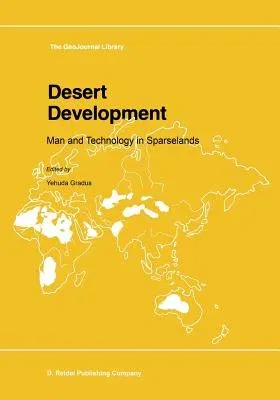Desert Development: Man and Technology in Sparselands (Softcover Reprint of the Original 1st 1985)Paperback - Softcover Reprint of the Original 1st 1985, 21 January 2012

Qty
1
Turbo
Ships in 2 - 3 days
In Stock
Free Delivery
Cash on Delivery
15 Days
Free Returns
Secure Checkout
Part of Series
Geojournal Library
Print Length
340 pages
Language
English
Publisher
Springer
Date Published
21 Jan 2012
ISBN-10
9401088829
ISBN-13
9789401088824
Description
Product Details
Book Edition:
Softcover Reprint of the Original 1st 1985
Book Format:
Paperback
Country of Origin:
NL
Date Published:
21 January 2012
Dimensions:
25.4 x
17.78 x
1.83 cm
ISBN-10:
9401088829
ISBN-13:
9789401088824
Language:
English
Location:
Dordrecht
Pages:
340
Publisher:
Series:
Weight:
598.74 gm

